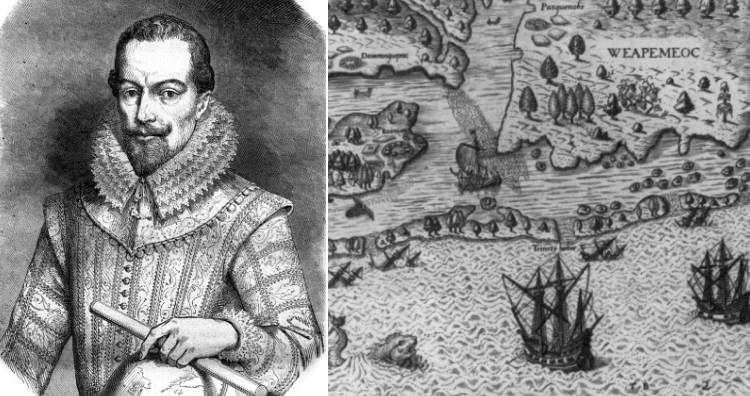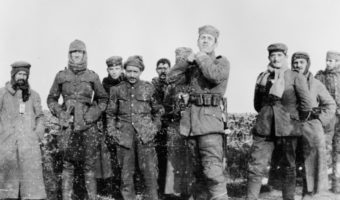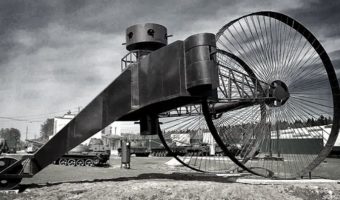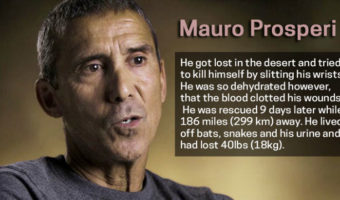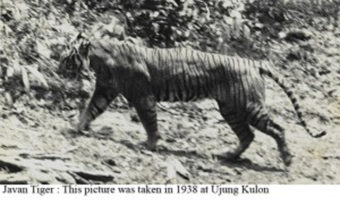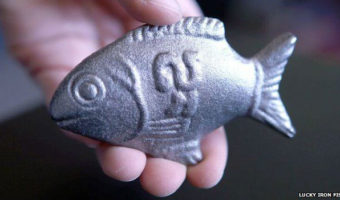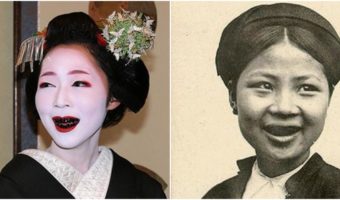Vanished Without a Trace: The Mystery of the Lost Roanoke Colony
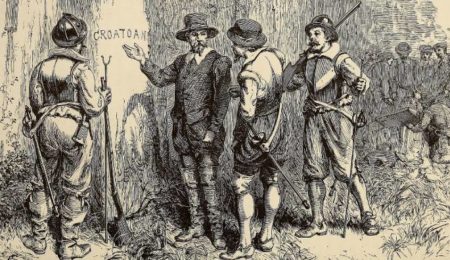
We don’t always hear of early-modern human colonies disappearing off the face of the Earth, but that is what happened in the 16th century CE, when the first English settlers in North America, the inhabitants of Roanoke Colony, seemingly to have vanished without a trace. Since then, their unexplained disappearance has remained an alluring mystery that researchers have yet to solve. However, their memory has survived through centuries and has stayed alive in the popular imaginations of people. So, what happened to the lost Roanoke Colony? Let’s have a look!
Table of Contents
What was the Roanoke Colony?
The Roanoke Colony, had it been successfully established, would have been the first English settlement in North America. In March 1584, Queen Elizabeth I allowed the renowned English explorer, Sir Walter Raleigh, to establish a colony in North America. Sir Walter then sent an expedition to the New World to find a location for the first permanent English settlement. This expedition, known as the Amadas-Barlowe Expedition, returned with news of a particular region (now in North Carolina, USA) that had plenty of resources for a new colony. Sir Walter then named this region “Virginia” in honor of the Queen.
Soon, in 1585, Virginia saw the rise of the first Roanoke Colony. However, the English settlers there failed to befriend the Native American tribes, and tensions between the two groups remained high. As a result, the first Roanoke Colony turned out to be a failure and was abandoned. But the English did not give up.
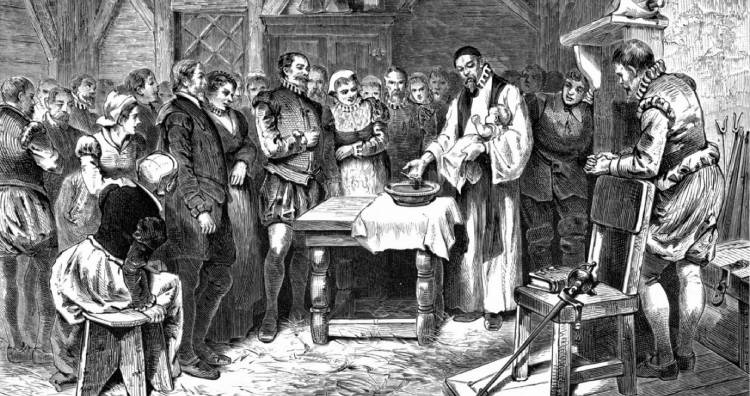
In 1587, about 115 people established another colony in the same region with John White, an explorer and cartographer, as their governor. The settlers were mainly middle-class Londoners who likely wanted to establish themselves as landed gentry in the new territory. This voyage also brought English women and children to North America, including John White’s pregnant daughter. Later, White’s daughter gave birth to a girl child, Virginia Dare, and the Roanoke Colony became home to the first English child born in America.
Sadly, despite this promising start, the second Roanoke settlement also failed. This is because soon after its establishment, the colony’s inhabitants mysteriously disappeared.
The Origins of the Roanoke Colony Mystery
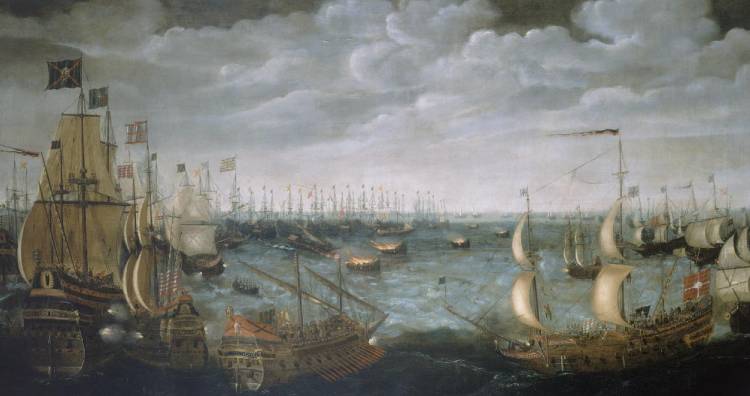
After its establishment, the second Roanoke Colony ran into difficulties when it required additional supplies. Due to this, its inhabitants urged their governor, John White, to return to England and bring back those essentials. So, in 1587, White set sail for England. Unfortunately for White, his return to England coincided with England’s war with Spain. Consequently, White’s return journey to North America was delayed when Queen Elizabeth I called on all able ships to fight against the Spanish forces.
In 1588, White finally got a chance to sail back to the colony with the essential supplies. But as fate would have it, pirates attacked and looted his ship, leaving him with no choice but to return to England. Two years later, White made another attempt to return to Roanoke Colony. Thankfully, this time he succeeded. But when White arrived at Roanoke Colony in August 1590, what he found was a deserted settlement.
All the inhabitants, including his family, had vanished with little clues on their whereabouts. And just like that, what should have been the first thriving English colony in North America instead became the “Lost Colony.” Even today, it is not clear where the colonists may have gone. As a result, the disappearance of the colony’s inhabitants remains one of the biggest unsolved mysteries in America.
What Happened to the Inhabitants of the Roanoke Colony?
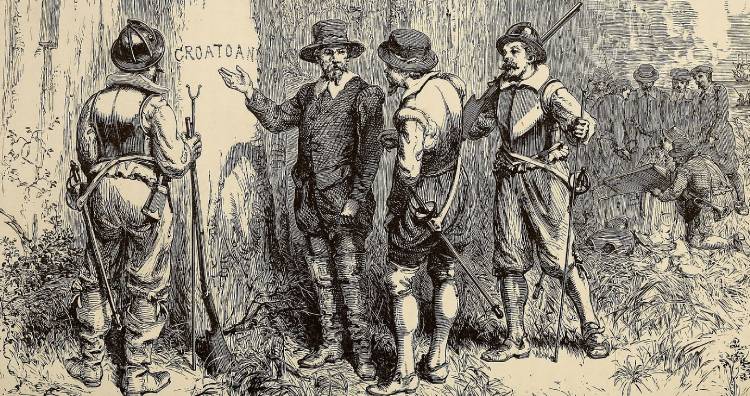
Upon White’s return to the colony, he was greeted by a rather strange sight. The word “Croatoan” had been carved into the fort’s gatepost, while “Cro” had been etched into a tree. Before White left for England, the colonists had agreed to leave behind a sign if they had to move. This sign was meant to reveal their new location so that White could find them when he returned. Additionally, if the colonists had left under duress, they were supposed to mark a cross sign indicating this.
Given this information, White believed that the carved messages were a sign that his fellow colonists had relocated to Croatoan Island, present-day Hatteras Island. Moreover, since the Croatoans were a friendly tribe, it was safe to assume the colonists had simply assimilated into their community. However, White could not conduct thorough investigations to prove this theory, and he never found the colonists. Today, some historians cast doubt on this theory, stating that the Croatoans were not a large enough tribe to have supported more than a hundred English people.
Were any Clues Discovered on the Fate of the Lost Colony?
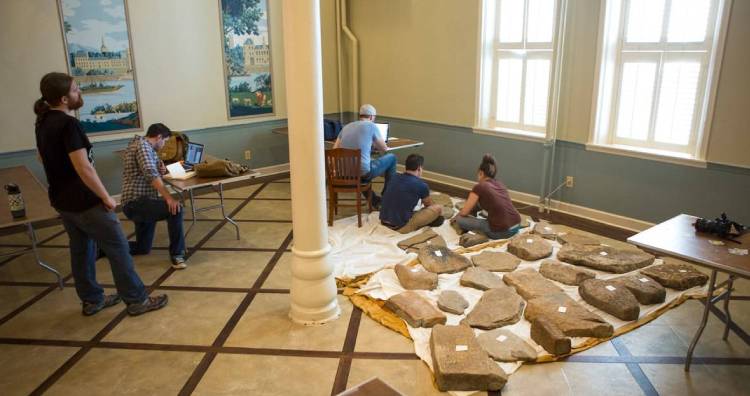
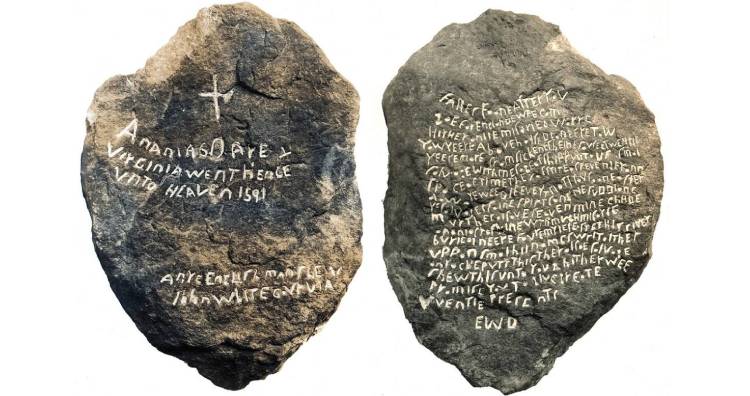
Numerous clues have been unearthed that seemed to reveal the fate of the Roanoke Colony. Of these, the Dare Stones are perhaps the most infamous. The first Dare Stone was discovered in 1937, on the North Carolina-Virginia border, and promptly handed over to Emory University. From there, the stone made its way to Brenau University, Georgia where it still remains. The Dare Stones collection currently has almost 50 rocks engraved with strange markings.
These stones carry messages for John White from his daughter, Eleanor Dare, informing him of the colonists’ fate. Together, they tell tales of the colonists ending up near modern-day Atlanta, Georgia. However, today, these stones are mainly regarded as forgeries. Nevertheless, they are still being subjected to various tests to hopefully prove or conclusively disprove their authenticity.
More recently, some archeologists discovered another set of artifacts that they believe point towards the missing Roanoke Colony. This research, carried out by the First Colony Foundation, was inspired by a map painted by John White that seems to hide the locations of two forts.
When the researchers followed this map, they were led to a site near the Native American village of Mettaquem. The team then unearthed some European pottery pieces here, likely pointing to the missing colonists. Later, in 2020, the researchers found a second site two miles away from the first, where they discovered more such ceramics. While some of these clues have turned out to be false leads, others seem promising. Unfortunately, they have yet to provide any conclusive proof of what happened to the Lost Colony.
What Modern Historians have to Say

Over the years, the Roanoke Colony mystery has gained much attention from experts and others. But what do modern historians think about it? James Horn, a historian with the First Colony Foundation, has theorized that the colonists likely moved to an area he calls “Site X.” His theory is based on John White’s map, which implies the colonists had relocated 50 miles inland.
A second expert, Nicholas M. Luccketti, believes that the colonists split up, with some going to Site X and the others ending up at Hatteras Island. But Scott Dawson, yet another researcher, argues that the colony was not actually lost. According to him, the settlers simply assimilated into Native American tribes. To support this theory, Dawson has pointed to explorer John Lawson’s visit to the area in 1701. During this visit, Lawson reportedly met indigenous people with “blue eyes” who could “speak out a book.” This could be because the native tribes in the region had European ancestors, owing to them taking in the settlers.
Based on records from Lawson’s visit, a computer scientist named Roberta Estes has also tried finding genetic evidence to confirm the Hatteras Indians had European ancestors. However, this project, known as the Lost Colony Family DNA Project, has yet to yield results. But these are not the only theories that exist. Some experts believe that the colonists may have relocated or perished after an attack from Native Americans. At the same time, others argue that they had fallen seriously ill, eradicating an entire colony. Contrary to this, Dawson claims that the settlers actually survived a smallpox outbreak, while the Native Americans that took them in did not.
Of course, there is no shortage of fantastical theories either. Such claims range from the colonists resorting to cannibalism to them experiencing a zombie apocalypse. Regardless, the most accepted theories currently are relocation and assimilation.
Has the Mystery Been Solved Today?
All the evidence unearthed so far has managed to paint an intriguing picture of the Lost Colony. However, we may never know what made the colonists leave their homes and move away. But that has not stopped some researchers from looking for an answer anyway. In fact, they have now started using modern technology to assist in this quest. For instance, Malcolm LeCompte, a research associate at Elizabeth City State University in North Carolina, is responsible for the addition of ground-penetrating radar (GPR) to the search for the missing Roanoke Colony.
For this, researchers must first put together a neat comparison of old and new maps of the region. Once they identify the spots where current and old maps coincide, they can get to work with the GPR. In addition to this, some researchers also use a proton magnetometer, a device far more sensitive than a metal detector, to double-check their GPR finds.
However, with each new find, there are also difficulties that arise. For instance, the geographical region under research is also home to relics from later colonies established in the 1700s. As a result, sifting through all clues to look for what is relevant can be painstaking. Evidently, there is still a long way to go before we get conclusive answers regarding this mystery.
The Mystery of the Lost Colony in Popular Culture
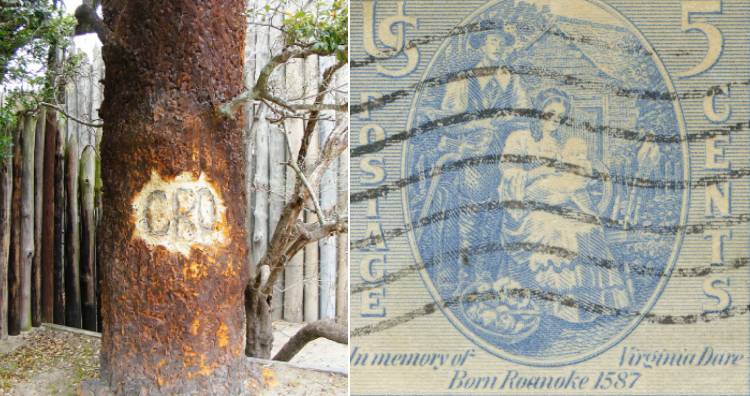
The mystery of the lost Roanoke Colony has been around for centuries. And today, it has even made its way into popular movies and TV shows. However, such interest in the colony is hardly new. For instance, Virginia Dare, the first English child born in the US, is now a popular figure in US history with many memorials to her name. In the early 1890s, Sallie Southall Cotten, a prominent writer in North Carolina, worked towards commemorating Dare’s memory. Then, in 1937, the US government issued a postal stamp for her 350th birth anniversary. Thus, although her exact fate is unknown, she remains firmly rooted in the popular imaginations of people.
Fast forward to the 21st century, and the Roanoke Colony is a popular subject for all kinds of media. In season one of the TV show American Horror Story, Sarah Paulson’s character recounts the story of the missing settlers. This character claims that the settlers were killed and their ghosts banished by a Native American spell. Then, in the sixth season of the show, titled American Horror Story: Roanoke, the Lost Colony makes another appearance.
But this is not the only popular show to refer to this intriguing mystery. Many other shows, books, and movies have referred to the disappearance of the lost Roanoke Colony, keeping it alive through artistic expressions. As a result, despite the years that have passed, the first attempted English colony in the US is far from forgotten. Hopefully, this continued interest in the lost Roanoke Colony, more so now than ever, will eventually lead to conclusive answers as to what actually happened to the missing settlers.














